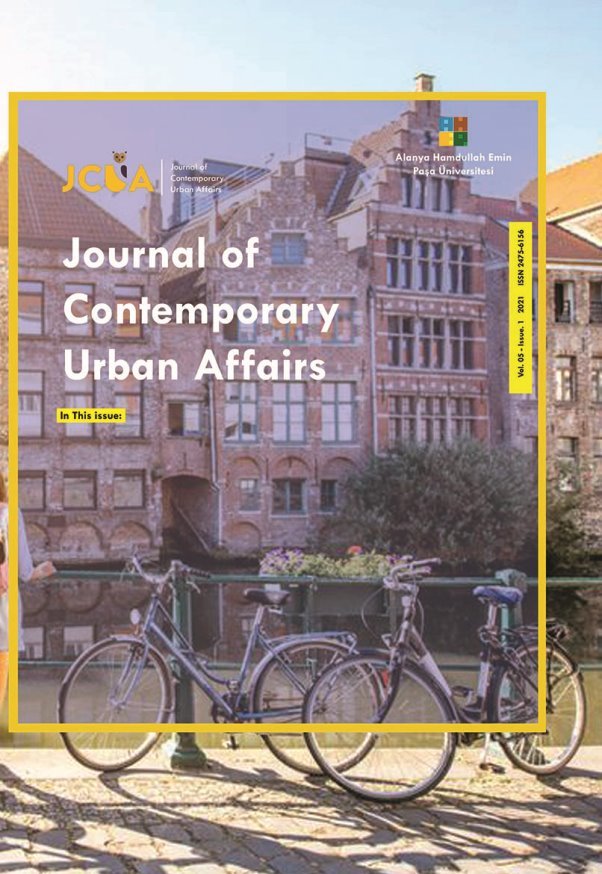
Journal Of Contemporary Urban Affairs
Yazarlar: SIEPAN KHALIL, PAKINAM ZEID
Konular:-
DOI:10.25034/ijcua.2018.4693
Anahtar Kelimeler:Dutch East Indies,Colonialism,History,Urban planning,Architecture,Batavia,Jakarta
Özet: The VOC (Verenigde Oost-Indische Compagnie) was both the absolutist and the pacifier as it sought to colonize Sunda Kelapa through the displacement of indigenous population, architecture, and regimen; the VOC was deployed catalyst to the marking of a golden era, roughly spanning the 17th century through which architecture, trade, science, and military boomed, marking Jakarta a resilient harbour to the world's finest trades. Batavia, modern day Jakarta, welded a myriad of names, endorsing its irrefutable paramount; one of which, "Queen of the East", paraphrased an allusion to its urban beauty. Until its last derogatory stages, before the Dutch surrendered to the Japanese, the name Batavia ricocheted across the globe, as reverberation to its resilience, urban beauty, varsity of cultures, and robust trade as the Dutch East India Company. The VOC has, unequivocally, paved the road of prominence for the glorious city of Jakarta, manifesting a discourse of exalt. Analysing the egress and relinquishment of the Dutch Empire and its appurtenant colony, delineating the urban tableau, a prevalent architectural resplendence. The unravelling of holistic fabric through which urban planning, architectonics, politics and sociology interweave, meandering the gradual transition of the Dutch East Indies, yearning subordinate to Jakarta; the unwavering proclaimed prerogative.